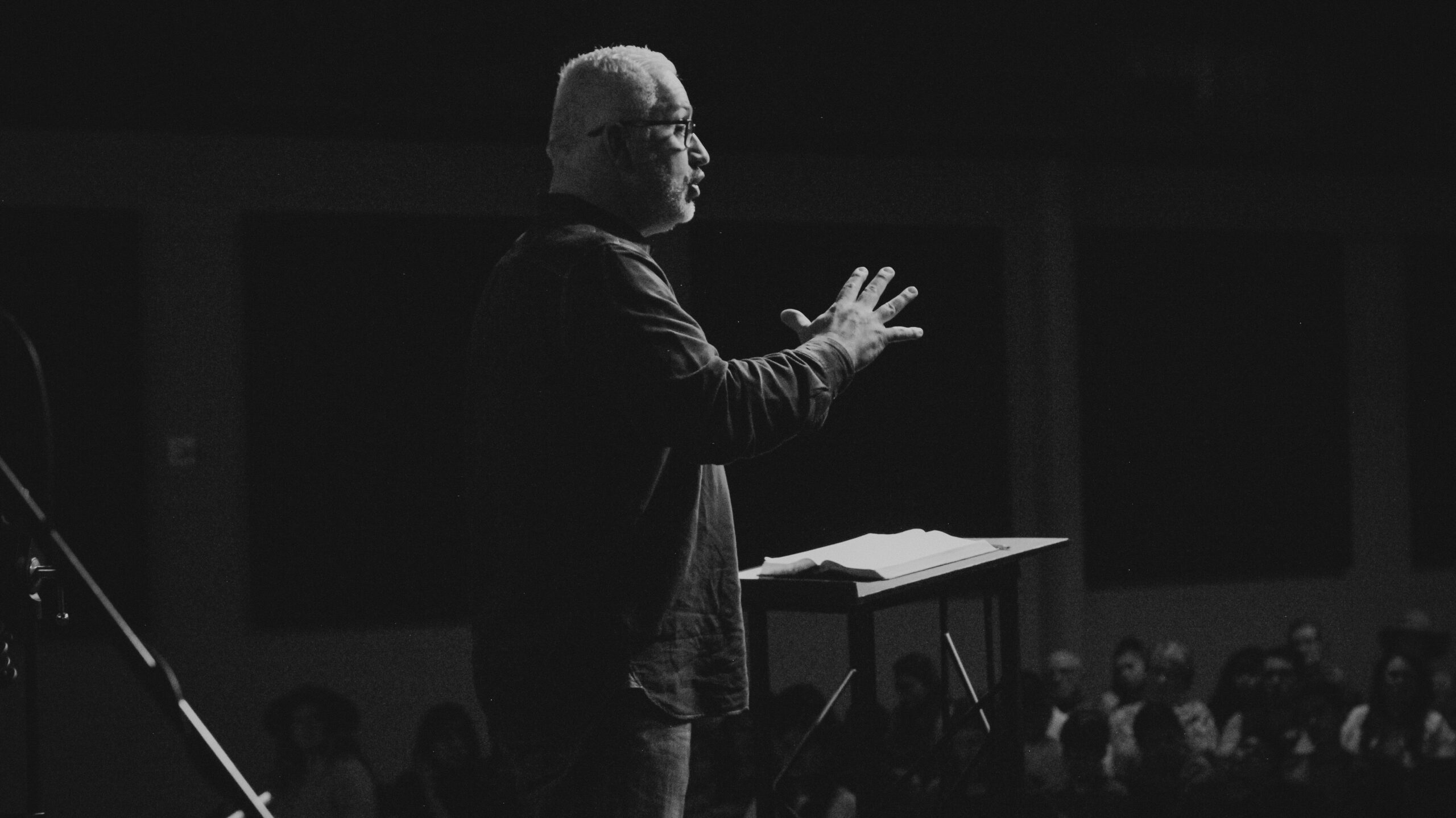Definitions and views on the importance of orality go beyond what millennials and zoomers’ bubbled technological reality shows. It is because of that that we need to explore the past and archaic methods of communication into consideration to understand the significance of orality, development of writing as a technology, and how those developments have impacted orality. By exploring 2013’s J. D. Applen’s Old Media, New Media, and Knowledge, and the voices he brings in his book, like 1982’s Walter Ong’s Orality and literacy, we enhance our comprehension of orality and its main types: primary orality and secondary orality. Let’s break it down.
Defining Orality
Applen exatracts of Ong’s 1982’s book, use orality “to characterize speech.” Okay, but what does that even mean? That orality, prior to the invention of writing, was our main communication medium. Naturally, since it was our only resort, orality would take shape and form depending on the environment and purpose of one’s speech. As a result, Ong analyzed several kinds of orality that satisfy the multiple particular circumstances in which a speech is made for. Ong describes two main types of orality: primary and secondary.
Ong and Applen define primary orality as “the way people spoke, heard, and thought before the age of literacy.” In contrast, secondary orality is “the speaking and listening skills of people influence by their literate background, or how anyone who could read this sentence would speak or hear things.”
Secondary Orality
Though Applen uses the examples of being able to read a sentence, and speak it, and hear it; and newscasters reading out loud from a teleprompter while engaging with the audience through the camera, I can exemplify this concept with many other samples. Following Applen’s precedents, I could say that all prepared speeches made for a discourse community (DC) are different illustrations of secondary orality. Speeches like the presidential, award acceptance, some lecture classes, and even religious masses are all cases of secondary orality. In all these, the speaker is reading from a book or teleprompter to an audience part of the same DC. In all these, the speaker, is reading, hearing, and, you guessed it, speaking.
How does that look on multimedia texts?
Now, we understand that secondary orality recognizes the need to understand written texts, speak, and listen guided by one’s literate background. But does that mean that written texts need to be literally written in ethnic languages and speaking needs to be oral? Not necessarily. See, texts in “written texts” does not have a literal meaning, rather texts represent all that visual content that one way or another convey thoughts and feelings to an audience. Knowing this, we can use instagram pictures or tiktok videos as exemplification of multimedia texts.
On the other hand, referring to speaking, despite being able to literally speak through videos online, I consider platforms that are not mainly used to post videos or audio messages like X (formally Twitter), are also an example of secondary orality. Social media platforms use refined algorithms to control and filter posts depending on the users’ likes and dislikes. The filtering process allows a bubble-phenomenon to occur in which users wrongly believe that something is all over the internet and everyone is talking about it. Instead just their own digital-platform bubble is interacting with a particular content.
These bubbles I believe are the representation of a literate background or even DCs in the Web. For this, X is a platform in which users read and comprehend multimedia texts and tweet (write/speak) into an audience (followers and bubble members) about a topic that is, for the most part, influenced by the literate background of users and bubble members.
Examples for secondary orality on multimedia texts are infinite. Take presentations and conferences, where a speaker reads off a visual aid that helps even the audience understand the topic in discussion even when they have the same literate background. Secondary orality is, in fact, all around us.





Leave a Reply